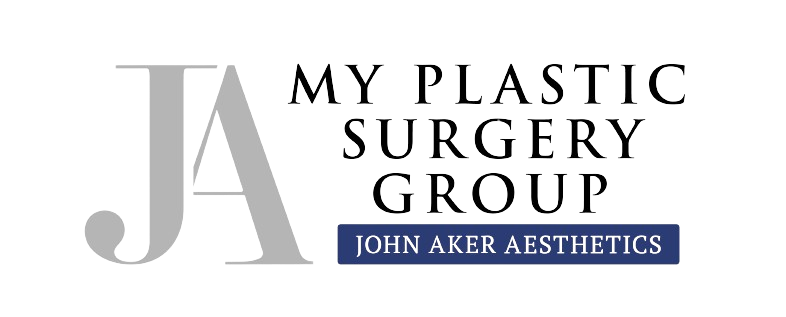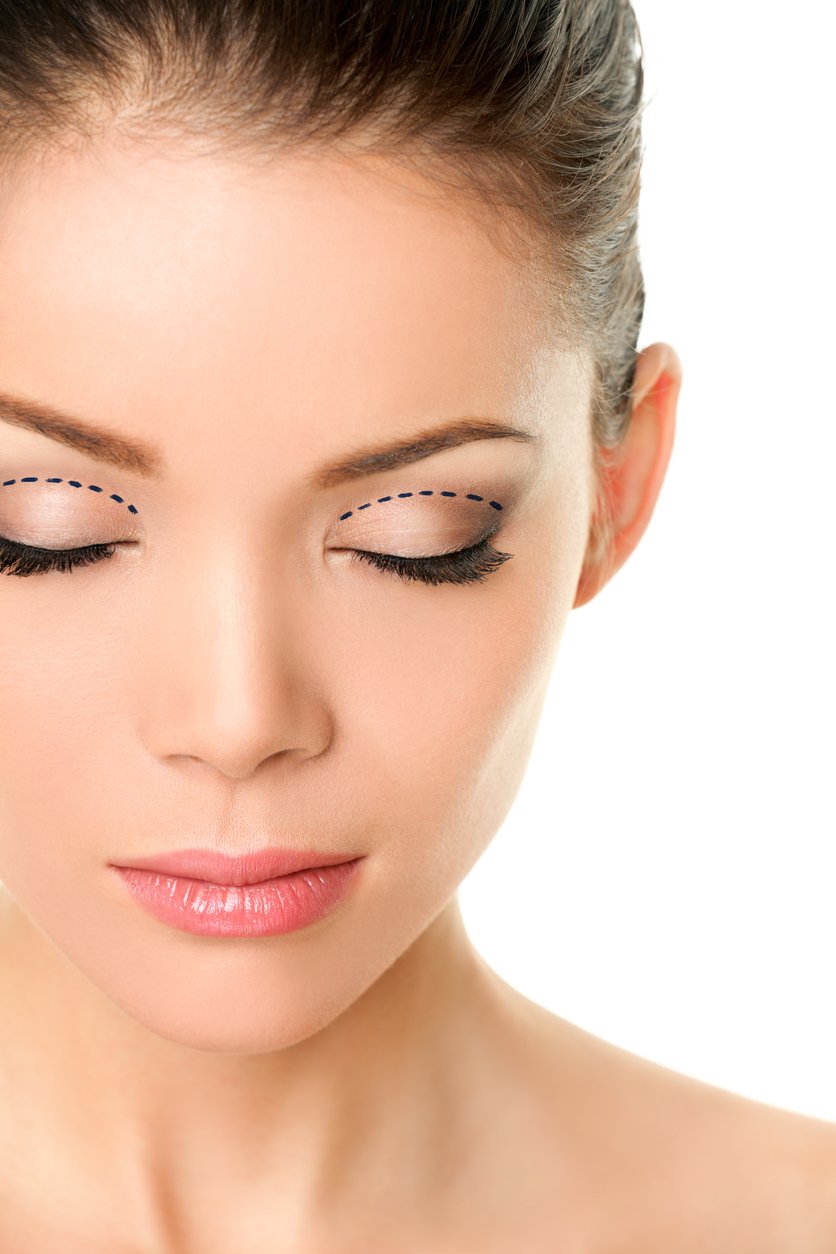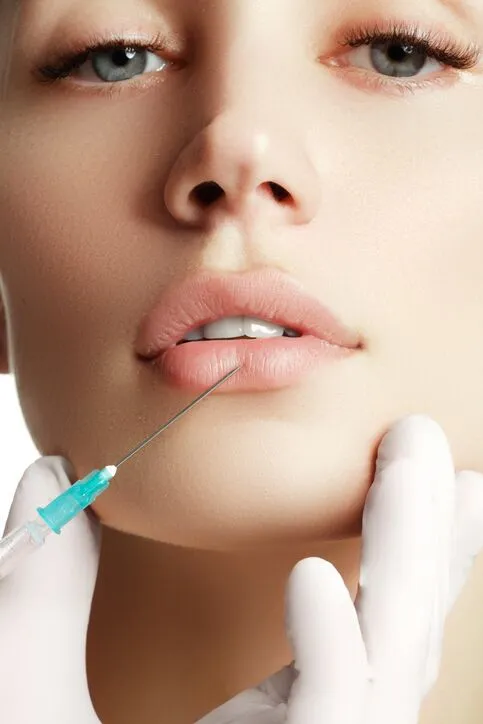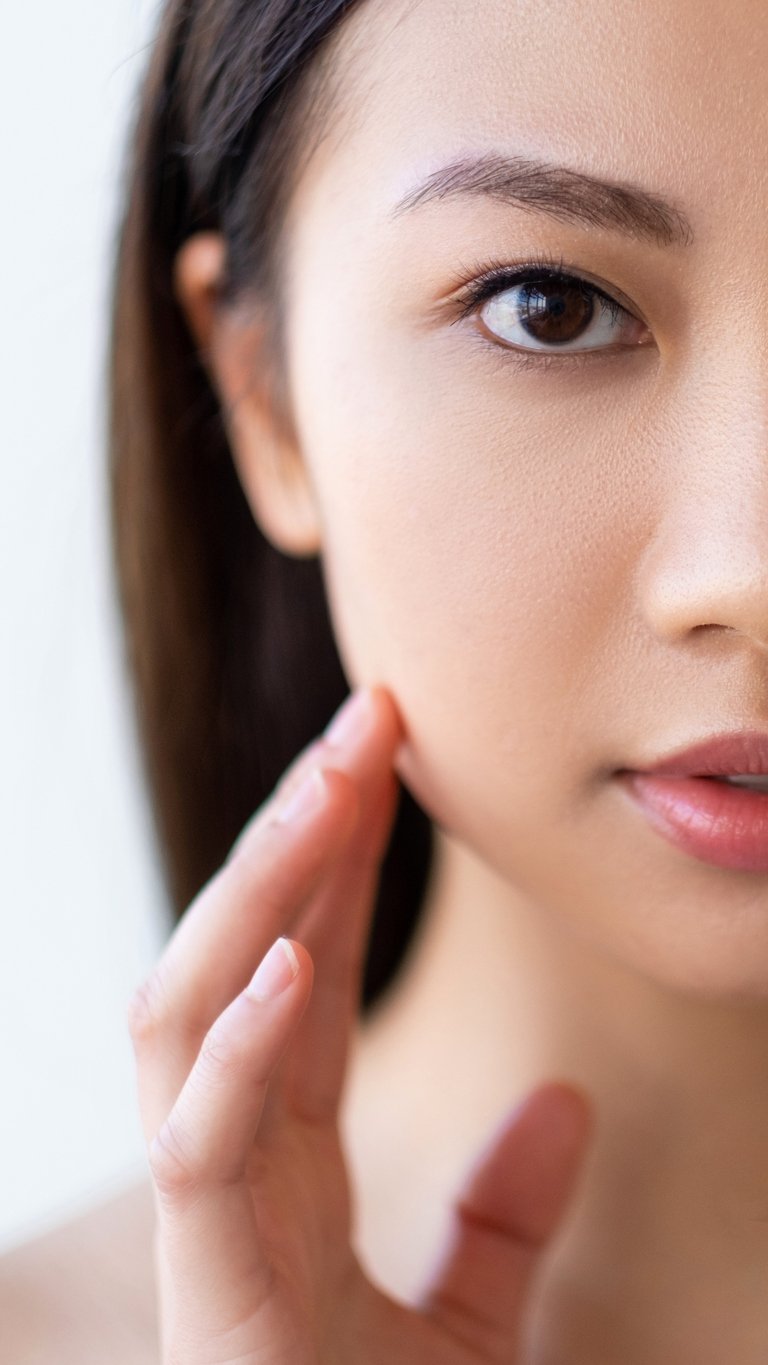Chin Augmentation
About Chin Augmentation Surgery
Frequently Asked Questions
Chin Augmentation Procedure Information
Chin augmentation is often combined with rhinoplasty surgery, which is performed under a general anesthetic. Enlargement of the chin can also be performed under local anesthesia as an office procedure.

 Denise Reister18 January 2024I saw Nate for laser hair removal today for the third time. I’ve also seen him for Botox injections. He carefully explains everything he is doing. He is such a kind & caring human. I will definitely use him again & again.
Denise Reister18 January 2024I saw Nate for laser hair removal today for the third time. I’ve also seen him for Botox injections. He carefully explains everything he is doing. He is such a kind & caring human. I will definitely use him again & again. Peggy Brennan18 January 2024Samantha was wonderful. She definitely knew what she was doing and was also friendly & personable.
Peggy Brennan18 January 2024Samantha was wonderful. She definitely knew what she was doing and was also friendly & personable. jennifer foltz17 January 2024The staff is always friendly, professional, and accommodating. Dr. Akers is to the point but listens intently to any concerns (as does the PA!)
jennifer foltz17 January 2024The staff is always friendly, professional, and accommodating. Dr. Akers is to the point but listens intently to any concerns (as does the PA!) T B15 January 2024I recently went for a consultation and the staff was very friendly. Dr. Akers was very nice, polite, professional, and respectful. He explained everything really well of what to expect with the procedure I’m interested in. I was very pleased.
T B15 January 2024I recently went for a consultation and the staff was very friendly. Dr. Akers was very nice, polite, professional, and respectful. He explained everything really well of what to expect with the procedure I’m interested in. I was very pleased. Angie Duzan12 January 2024I had my consultation with Dr Akers. The office staff and the doctor are all so very friendly. They made me feel very comfortable..I have never felt so welcome in a doctor office as I do with Myplastic surgery group. They are all friendly,knowledgeable on procedures and helpful! Dr. Akers is just the most down to earth doctor I have ever met. I travel from Bloomington and will do it every time.I highly recommend this place. They offer a variety of services! Angie Duzan
Angie Duzan12 January 2024I had my consultation with Dr Akers. The office staff and the doctor are all so very friendly. They made me feel very comfortable..I have never felt so welcome in a doctor office as I do with Myplastic surgery group. They are all friendly,knowledgeable on procedures and helpful! Dr. Akers is just the most down to earth doctor I have ever met. I travel from Bloomington and will do it every time.I highly recommend this place. They offer a variety of services! Angie Duzan Amanda Westfall11 January 2024Samantha is an incredible injector. She did my Botox for forehead and crows feet- it was a very positive experience with very little discomfort - thank you so much for keeping me young!
Amanda Westfall11 January 2024Samantha is an incredible injector. She did my Botox for forehead and crows feet- it was a very positive experience with very little discomfort - thank you so much for keeping me young! Cheryl OBrien10 January 2024I am very pleased with my results of having a tummy tuck with Dr Aker. I am 4 months post op. The before and after pics are astounding! His office staff are always friendly and make sure that I have all my questions answered. I'm so glad that I chose this doctor. I had a great experience overall.
Cheryl OBrien10 January 2024I am very pleased with my results of having a tummy tuck with Dr Aker. I am 4 months post op. The before and after pics are astounding! His office staff are always friendly and make sure that I have all my questions answered. I'm so glad that I chose this doctor. I had a great experience overall. marisol Goodan9 January 2024Great overall first experience with my consultation. Dr Reddy and the staff were very professional, knowledgeable and answered all my questions thoroughly.
marisol Goodan9 January 2024Great overall first experience with my consultation. Dr Reddy and the staff were very professional, knowledgeable and answered all my questions thoroughly.
Meet Dr. Aker
Meet Dr. Beckman
After receiving her medical degree with honors, Dr. Beckman was selected for a highly competitive integrated plastic surgery residency position at Rutgers University, where she rigorously trained in both aesthetic and complex reconstructive plastic surgery for six years. During residency, she developed a strong passion for plastic surgery education and research. She earned several teaching and clinical excellence awards and served as Chief Resident in her final year.
After residency, Dr. Beckman was selected for an aesthetic plastic surgery fellowship position at H/K/B Cosmetic Surgery, one of the nation’s premier aesthetic plastic surgery practices. This additional year gives her the unique opportunity to learn from some of the most recognized names in aesthetic plastic surgery and to train with the most innovative procedures and products available.




